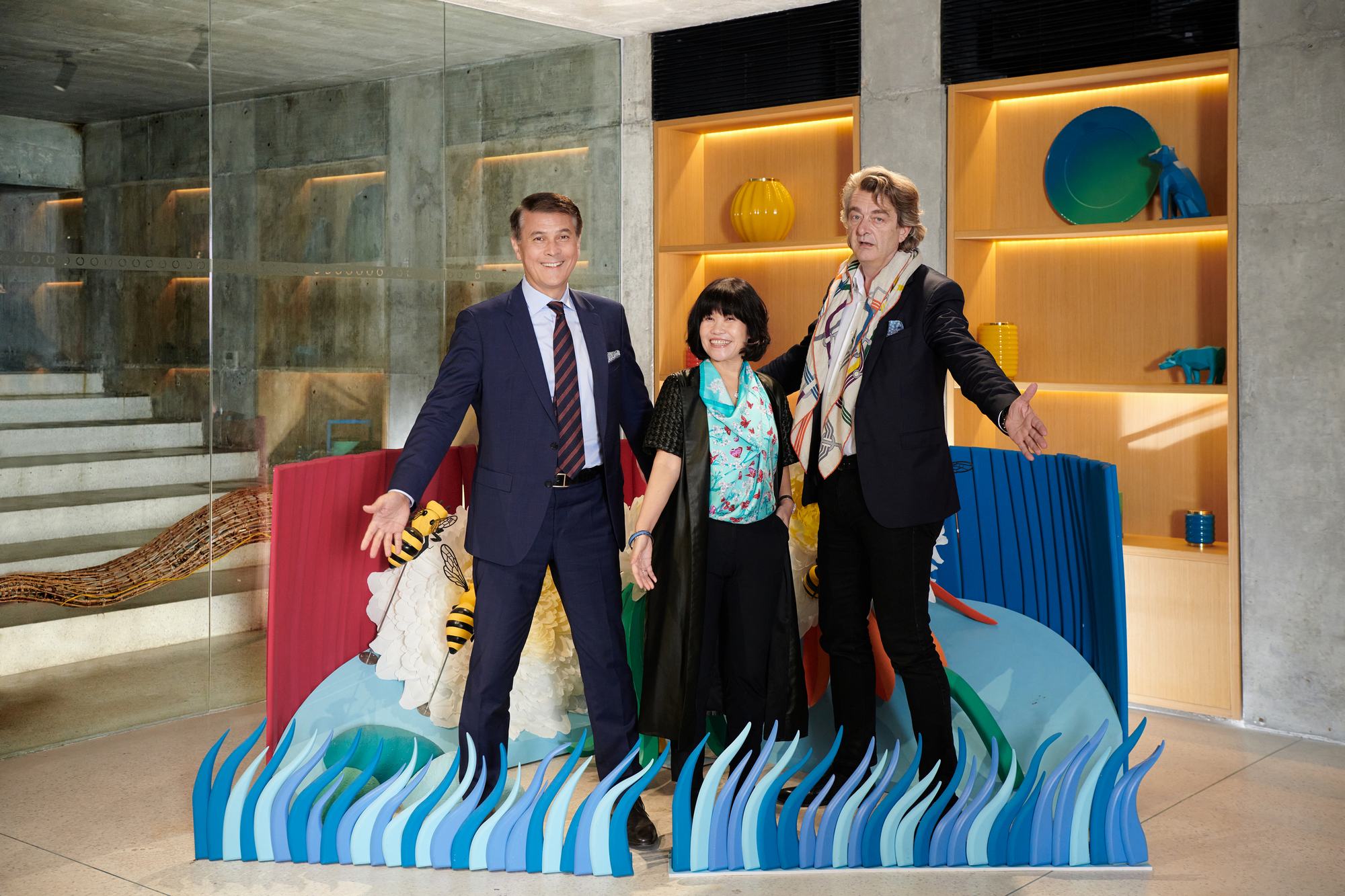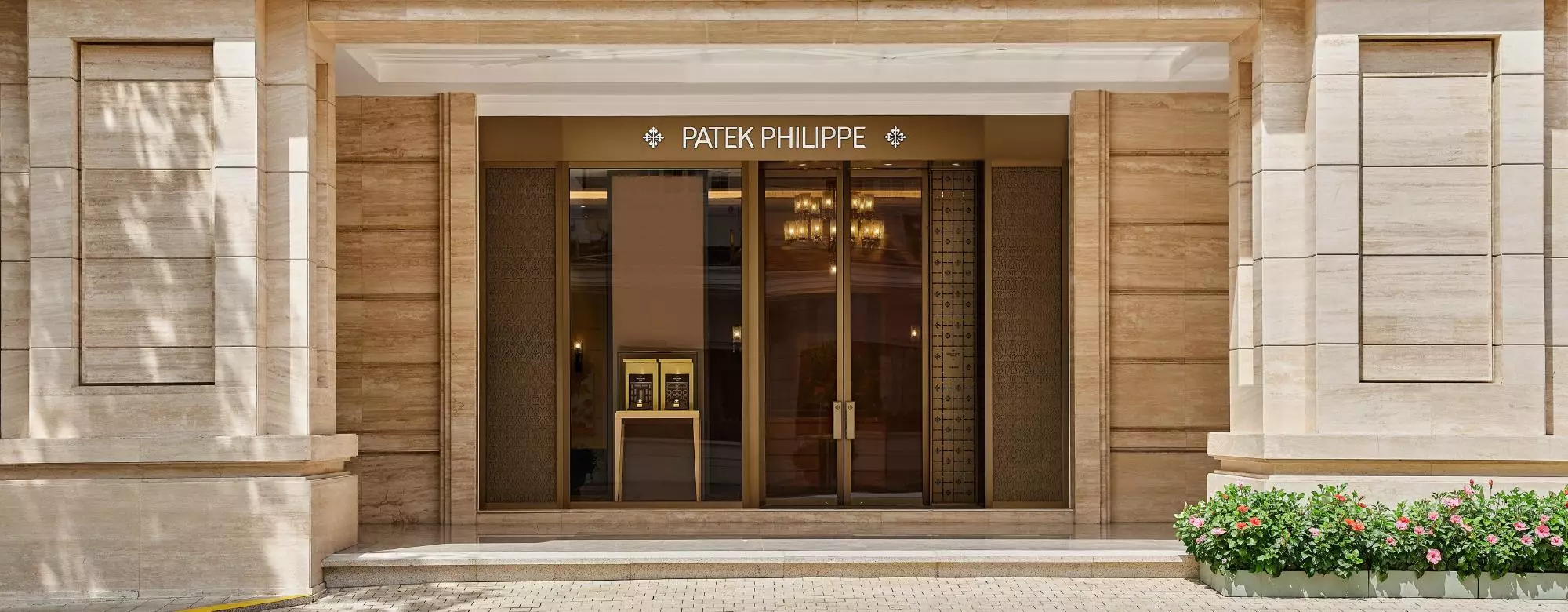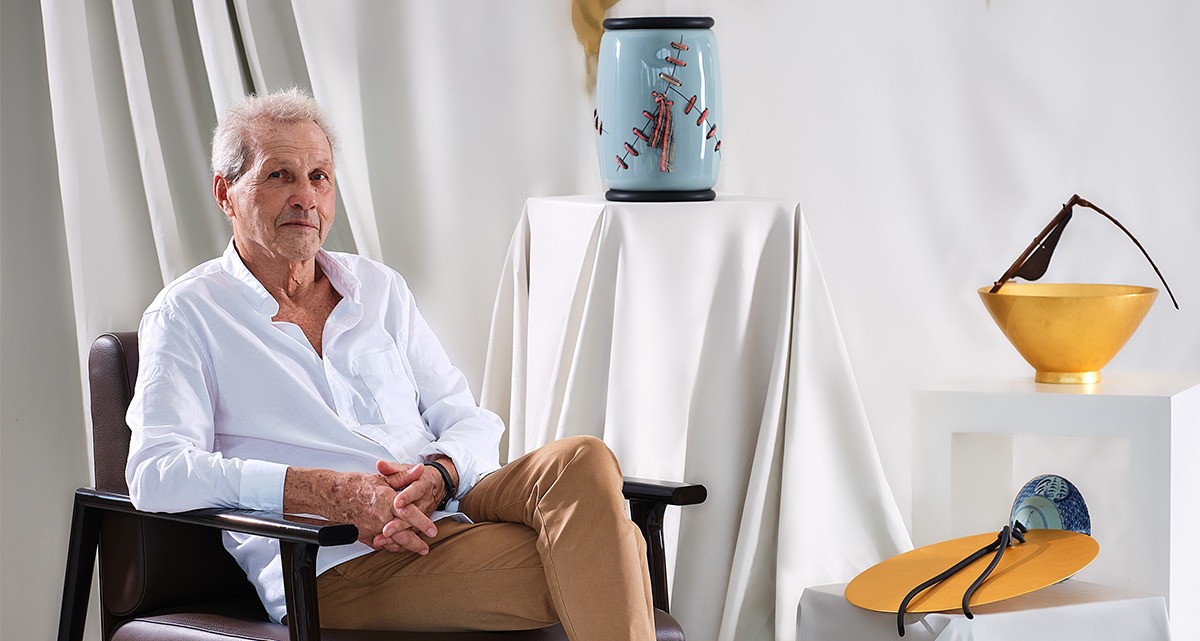
Quiet and reserved, with a great love for lacquer in his vein, Mr. Ty – the master craftsman of Hanoia lacquer workshop – is likened to a “treasure” of traditional lacquer craft, or a “living manual” about ancient techniques.
Inheriting the ancient lacquer secrets is difficult enough, turning them into a richer and more contemporary language of expression that is closer to modern life is much more challenging. However, Mr. Ty, the master craftsman of Hanoia lacquer workshop, has managed to do just that.

Among Hanoia’s products, Ty mostly sympathizes with the antique bronze-colored lacquered table. He confided a memory associated with the copper material. When he was a child, his uncle once brought to his house a bronze bullet shell for polishing. For being lazy and negligent, he did not polish it properly but accidentally created a very unique scratching effect on the copper surface. Since then, he has been intending to apply this technique to lacquer one day, and this lacquer table has recreated a part of his childhood memories.
Ty has a wealth of experience in traditional lacquer. He said that our traditional lacquer is durable, beautiful, but limited in color. However, if Phu Tho (in the North) paint and Nam Vang (in the South) paint are mixed together at a 1:1 ratio, the combination will create a better material with richer colors. To bring depth and gloss to the lacquer, a few types of turpentine should be added during the baking process.
Passionate about the handicraft, Ty has witnessed the ups and downs of Vietnamese lacquerware, from the time our traditional lacquer still held a unique position, to the reign of Japanese paint with higher applicability. But no matter how it is developed, each lacquer product has to go through many rigorous and meticulous stages, requiring high degree of concentration and patience in the craftsmen’s handwork. After being coated on wood surface, each layer of paint must be ground to become thinner. It is impossible to describe how thin the paint needs to be, nor is there a recipe for how much it needs to be ground. It all depends on the instinct of the craftsmen. Even when spraying paint, every movement of the paint lines must be very gentle and flexible to make it smooth and shiny . No software or machine can replace humans in controlling that subtlety.
As for Ty, he always recalls the golden age of our traditional lacquer, when each individual vase needed from 6 months to 1 year to finish and could fall from a height of 5-6 meters without any damage. He always wants to create lacquerware using the traditional techniques handed down by our ancestors. Therefore, as renovated and renewed as they are, Hanoia lacquerware are always imbued with Vietnamese identity.
Hanoia has made a bridge between traditional lacquer techniques and contemporary European design style. Artists have put on their sketches talking colors, extraordinary shapes, and textures that are either subtle or abstract… And the mission of lacquermen like Ty is to make these unique ideas come alive. Not only difficult, it is also a challenge that requires the love for the job and the aesthetic sensitivity of the craftsman. Ty shared: “There are new colors that we have to research, mix and experiment for months to find the exact language we want.” Thanks to him, Hanoia now has several dozen shiny effects, many unique lacquer techniques such as scratch sanding, lacquering metal… and an endless palette of lacquer colors.





